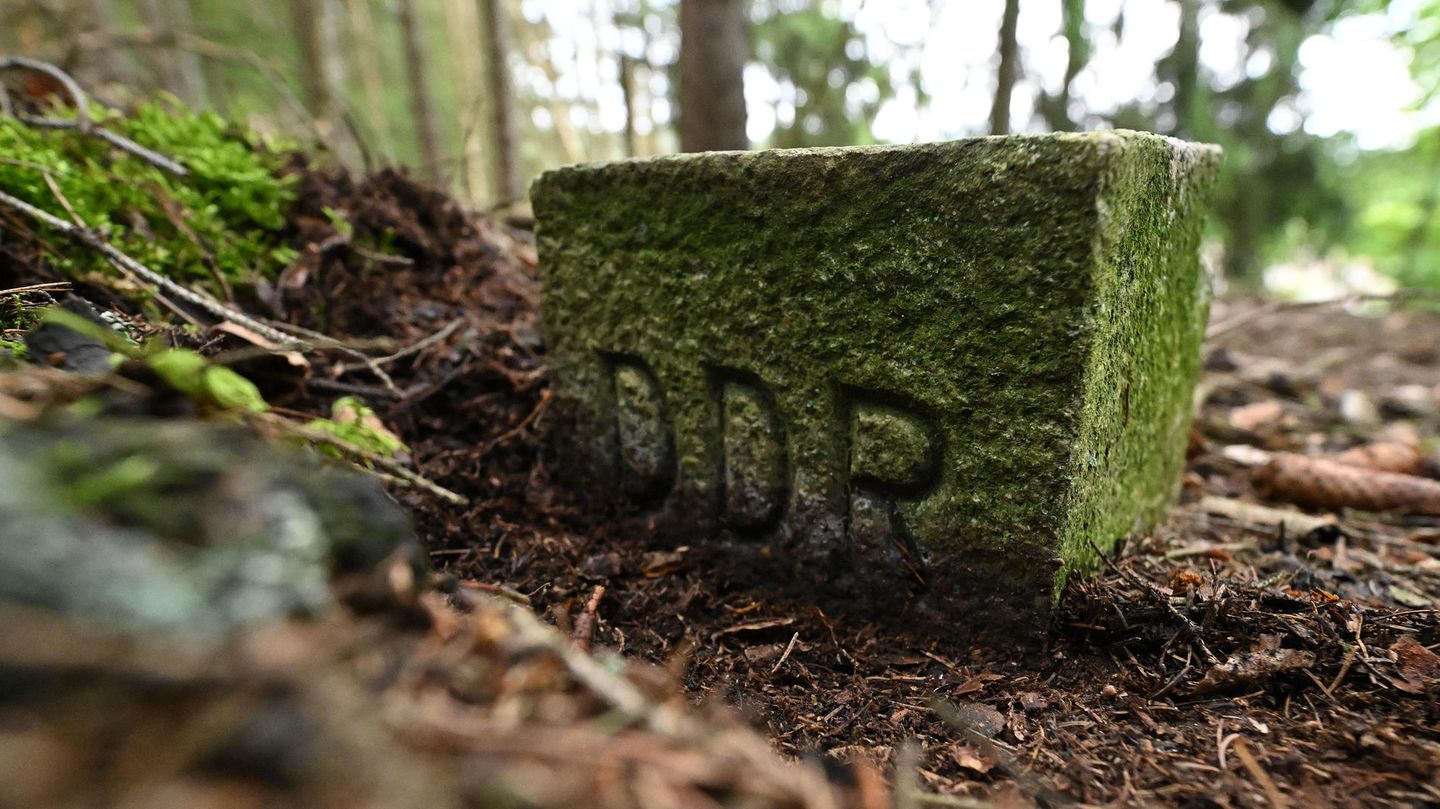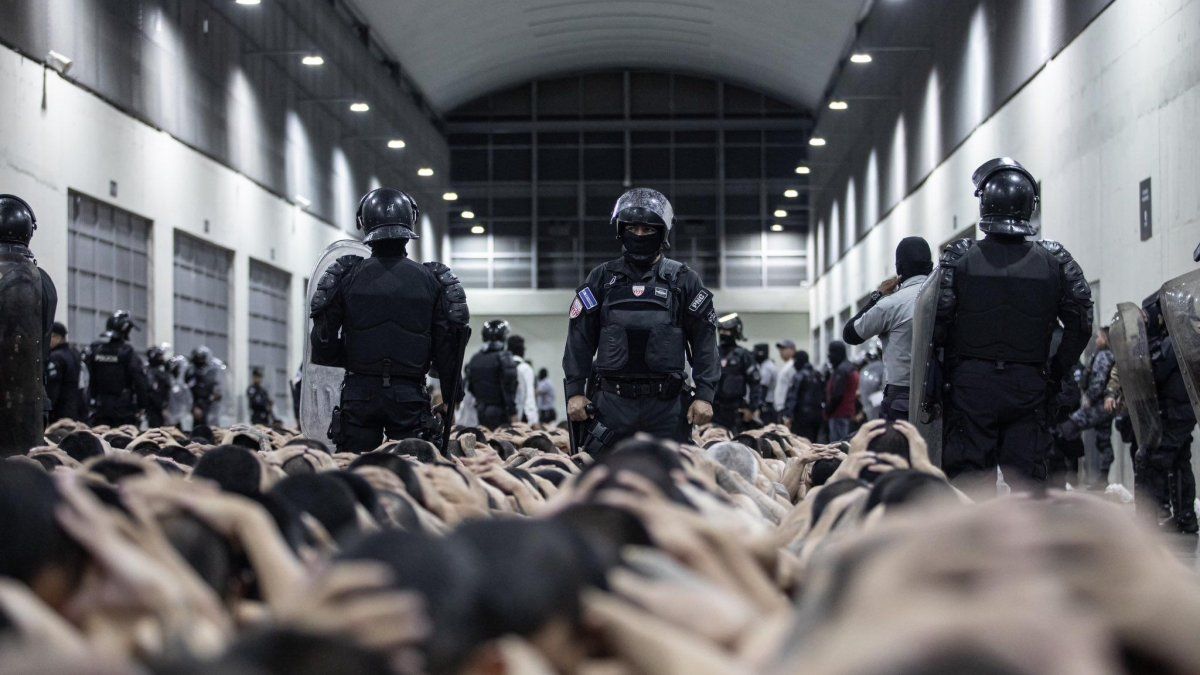The next East-West debate has begun before the state elections. We should conduct it a little differently this time.
Sonneberg is almost in Bavaria. But only almost. The line that was once drawn in Yalta and that separated two nuclear-armed blocs for decades runs a few hundred meters southwest of the city.
Thuringia was annexed to the Soviets and Bavaria to the Americans. Sonneberg thus became a district town of the GDR and nearby Coburg a district town of the FRG. In between there was an insurmountable installation of watchtowers, barbed wire and automatic shooting devices. The death strip.
I ran him over on the night of November 12, 1989. My friend Stefan was riding pillion. We were barely 18 and were trying to be cool in our Robby jeans. We didn’t want to surrender to capitalism without resistance.
Column Middle East DDR 12.02
We reached the glittering town centre of Coburg, went into the shops with all the things we only knew from western television or the Intershop and met only nice people who filled us up with Mumm champagne and guided us to a small post office where we quickly got our welcome money. Stefan and I talked to them about how we felt the 100 D-Marks were a shameful gift.
The Coburgs, who stared at us with half-amusement, half-impressed, were just lucky. When the Duchy of Saxe-Coburg-Gotha and the Empire ended, their ancestors had turned away from Thuringia in a referendum and voted for Bavaria. This later made them winners in history.
Finally, as dusk fell, we snaked our way through the traffic jam of Trabis, Wartburgs and Ladas to Sonneberg, back to the losers. We were back in the GDR, which oscillated between the colors of gray and brown and smelled of decay and carbon monoxide.
The Iron Curtain as a motorway exit
Nevertheless, I was euphoric. I felt what I had already felt at the demonstrations. From now on, everything would be different. I didn’t know exactly how. But it could only be better.
On Tuesday of this week I drove to Sonneberg again. Since the A73 was built, the fastest route from Erfurt, where I live, goes through the Coburg district. The Iron Curtain is now a motorway exit.
As I drove past, I noticed how much things have become more leveled out. The people of Upper Franconia are not exactly rich, especially not in Neustadt, which is right on the border. The condition of the houses and streets, the succession of kebab shops, arcades and Lidl: everything looks similar to that in neighboring Sonneberg.
The first and only AfD district administrator
One difference was of course noticeable: In Thuringia, the state parliament will be elected on September 1st. The first blue posters were hanging right behind the old border crossing, where a McDonald’s now stands. The AfD has its only district administrator in Sonneberg and, for several months, has also been the largest faction in the district council and city council. In the European elections in June, the party received 38.4 percent in the district.
In the district of Coburg, which almost ended up in the GDR, the figure was 15.8 percent.
Even today, the border between Bavaria and Thuringia does not just run between two federal states. It runs between two social aggregate states. Although the region has grown together structurally again, people commute back and forth and speak a friendly Franconian dialect together, it is not just their voting behavior that differs.
Column Far East 2 9.18
In the evening I sat on the stage of the Sonneberg Community Center to take part in a series of discussions organized by the writers’ association PEN. The discussion was about freedom of expression and whether it is restricted or even threatened.
The audience was as I had already experienced at book readings in Thuringia – reserved, polite and yes, a little older. All fears that someone would come and start a riot or even cause trouble proved unfounded. Instead, there was a lot of debate about war and peace, about East and West, and about why the media, including me, only ever come by when someone shouts “Heil Hitler” on a hot summer night.
Someone said that it was strange that after 35 years a distinction was still being made between this side and the other side of the border. Many of those who now lived in Sonneberg had never experienced the GDR at all.
Column East 13:23
Yes, it is strange. But it can be explained. Because as much as Coburg and Sonneberg may now look alike on the outside, the economic, social and demographic conditions are very different. In addition, the authoritarian influence of the GDR, which historian Ilko-Sascha Kowalczuk has openly criticized, has an impact just as much as the humiliations of unification, which Dirk Oschmann angrily described in his book. And they are passed on from generation to generation.
Unfortunately, this issue is also rather complex. Exaggerations may be a good way to start debates, but they do not help to conduct them in a differentiated manner. As I drove home from Sonneberg, from Thuringia to Thuringia, and took the loop over the former death strip, I thought of Stefan, who died a year ago. And I thought that life is too short to keep confirming your own snap judgments.
Source: Stern
I have been working in the news industry for over 6 years, first as a reporter and now as an editor. I have covered politics extensively, and my work has appeared in major newspapers and online news outlets around the world. In addition to my writing, I also contribute regularly to 24 Hours World.




